Media Completely Ignores NATO’s War Role in Libya Chaos
The 2011 intervention was a link in the chain of events leading to last month’s floods and tragedy.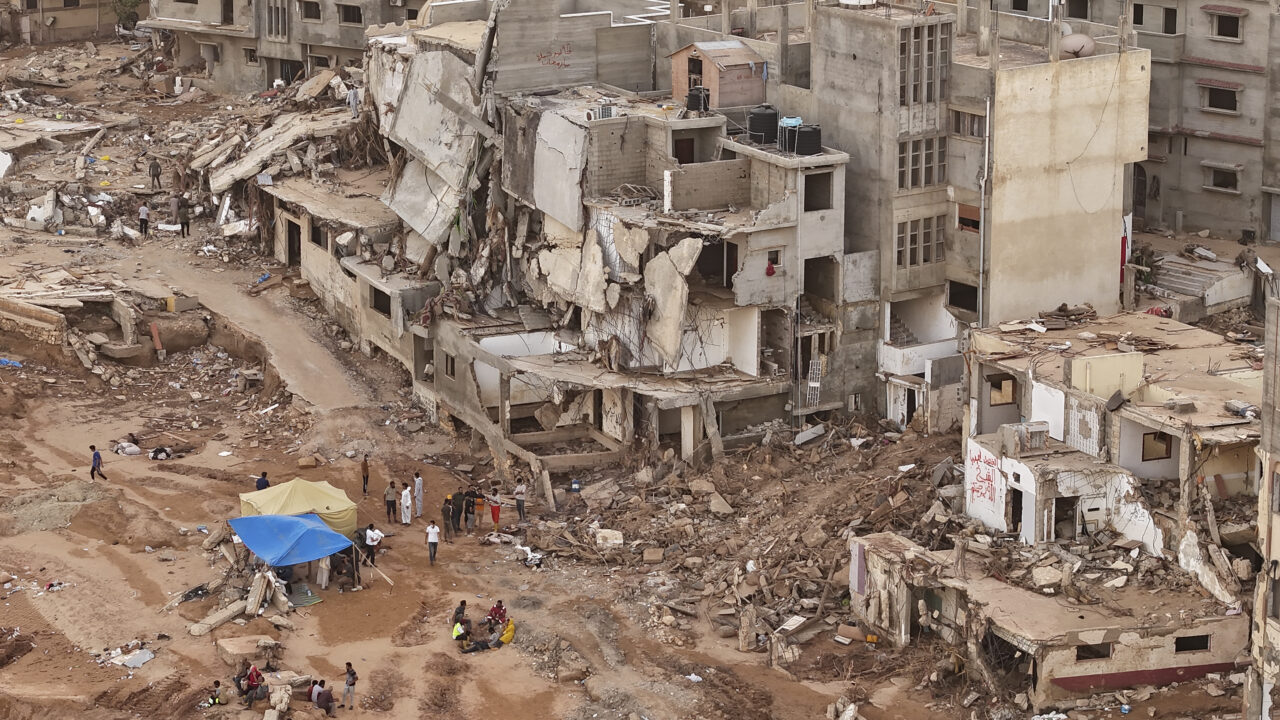 Rescuers and relatives of victims set up tents in front of collapsed buildings in Derna, Libya, on Sept. 18, 2023. (AP Photo/Muhammad J. Elalwany, File)
Rescuers and relatives of victims set up tents in front of collapsed buildings in Derna, Libya, on Sept. 18, 2023. (AP Photo/Muhammad J. Elalwany, File)
The catastrophic floods that Storm Daniel unleashed on Libya, which have killed as many as 10,000 people, are both a natural disaster and a human-made one. In the week following Storm Daniel, a large portion of the media coverage described “war” as a reason the country was ill-equipped to handle the catastrophe.
However, media discussion of NATO’s contribution to what has become Libya’s forever war has been almost non-existent. NATO’s intimate involvement — albeit by proxy — in the current war in Ukraine makes the omission all the more remarkable.
War in contemporary Libya is traceable to February 2011, when protests against Muammar Gadhafi’s government evolved into an armed conflict. In the initial days of the fighting, the U.S. media amplified claims that the Libyan air force was bombing demonstrators despite statements by top Pentagon officials that there was “no confirmation whatsoever” that such bombing was happening.
Western media outlets and politicians accused Gadhafi of carrying out a systematic mass slaughter of civilians, and of intending to do more of the same, particularly as government forces advanced on rebel-held Benghazi. In this climate, the UN Security Council passed Resolution 1973 in March 2011, which authorized “all necessary measures” to protect civilians.
NATO dubiously interpreted the resolution as granting it the right to overthrow the Libyan government. NATO forces — primarily Britain, France and the U.S. — subsequently conducted roughly 9,700 strike sorties and dropped over 7,700 precision-guided bombs during their seven-month campaign.
NATO dubiously interpreted the resolution as granting it the right to overthrow the Libyan government.
The bombing not only assured eventual victory for the rebels — a mostly ragtag, disparate collection of local and tribal militias, Islamist fighters, and disaffected soldiers united only by their opposition to Gaddafi (whose death was facilitated by a NATO airstrike). It also killed scores of the civilians it claimed to be protecting and left Libya without a functioning government (in addition, it enabled the proliferation of tens of thousands of arms stockpiled by Gaddafi’s government to insurgents throughout Libya, the Sahel, and beyond, notably in Syria).
For most of the period since Gadhafi’s overthrow, Libya has been afflicted by a civil war that has seen the country split between two heavily armed rival factions claiming to be the government: Khalifa Haftar’s Libyan National Army (LNA) in the east and the Tripoli-based Government of National Accord in the west.
There is no evidence that NATO bombing directly contributed to the collapse of the dams that caused the catastrophic flooding in Derna (although the war reportedly interrupted rehabilitation work by a Turkish construction company). However, it is beyond question that NATO’s intervention contributed to the destruction of the Libyan state and social fabric, helping bring about years of warfare, one consequence of which has been the inability to maintain critical infrastructure.
Yet this context has been all but invisible in U.S. mainstream media coverage of the recent floods, even in those reports that identified “war” as a factor that helps explain the scale of the cataclysm.
I used the news database Factiva to search material published in The New York Times, The Wall Street Journal, and The Washington Post — arguably the three most influential national newspapers — between Sunday September 10, the day that Derna was flooded, and Saturday September 16. I searched the words “Libya” and variations on “flood,” such as “flooding” and “floods,” and got 67 results, the great majority of them supposedly “objective” news reports rather than op-eds., Forty of the 60 included the word “war.” But only three of these also used the term “NATO,” or just 7.5 percent of the content. Two additional articles contained the words “NATO,” “Libya,” and “flood,” but not “war,” instead using the word “intervention” to describe NATO’s role.
Thus, only five articles — or 7.4 percent — of the week’s total coverage of the floods referenced NATO.
Typical of the coverage in those articles when “war” was mentioned as a contributing cause of the disaster was a Post report noting that Libya was “battered by more than a decade of war and chaos, and split between rival governments, with no central authority to shore up infrastructure or draw up plans to save residents.” Later, the article stated that “Oil-rich Libya has been ravaged by conflict since the fall of its longtime dictator, Moammar Gadhafi, in 2011,” again with no mention of NATO’s contribution.
Only five articles — or 7.4 percent — of the week’s total coverage of the floods referenced NATO.
Similarly, the Times ran a piece calling Libya “a North African nation splintered by a war, [which] was ill-prepared for the storm….[D]espite its vast oil resources, its infrastructure had been poorly maintained after more than a decade of political chaos.” Regarding the events of 2011, the articles goes to note that “Libya endured 42 years of autocratic rule under Col. Muammar el-Qaddafi before he was overthrown in a revolt in 2011.” This account suggests that Gaddafi’s ouster was strictly an internal affair and completely obscures the decisive role played by NATO’s campaign on the side of the anti-government forces, creating the conditions for further instability and warfare.
According to the Journal, “The natural disaster [in Libya] was decades in the making — a result of years of official neglect of two nearby dams during the authoritarian regime of Moammar Gadhafi and the political crisis and war since his ouster in a 2011 revolution.” The authors highlight the role that war played in setting the stage for the floods but gloss over how the NATO intervention against the Gadhafi government helped generate societal and governmental collapse, and post- Gadhafi warfare.
Of course, simply mentioning NATO doesn’t necessarily mean that a news article has given readers an accurate picture of what the alliance did in Libya. For example, a Post story says Gadhafi ruled Libya until “he was killed by rebel forces during a NATO-backed Arab Spring uprising.” This phrasing is ambiguous at best: it gives readers no sense of what form NATO’s “back[ing]” of Libya’s “Arab Spring uprising” took. An analysis by the Post’s Ishaan Tharoor, which was not published in the paper’s print edition, was much closer to the mark when it says that “Libya’s unstable status quo” is both the result of domestic political forces in Libya and of “the intervention of outside actors. That began with the NATO-led intervention in 2011.”
The Times, Journal, and Post repeatedly noted the link between the flooding in Libya and armed conflict in the country. However, with very few exceptions, the publications declined to acknowledge that, in 2011, NATO opted to bomb Libya until its government was overthrown. In this regard, the papers have failed to remind their readers that NATO’s intervention was part of the chain of events that led to this month’s calamity. Such a reminder would seem especially pertinent today in light of NATO’s much-touted reinvigoration and northern expansion owing to its growing role in supporting Ukraine against the Russian invasion.
Your support matters…Independent journalism is under threat and overshadowed by heavily funded mainstream media.
You can help level the playing field. Become a member.
Your tax-deductible contribution keeps us digging beneath the headlines to give you thought-provoking, investigative reporting and analysis that unearths what's really happening- without compromise.
Give today to support our courageous, independent journalists.
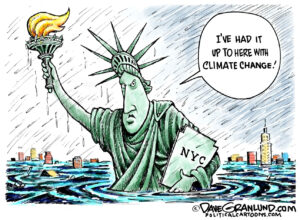
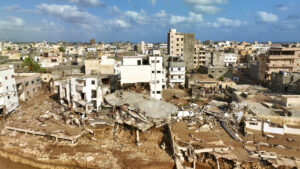
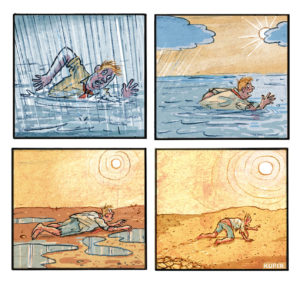
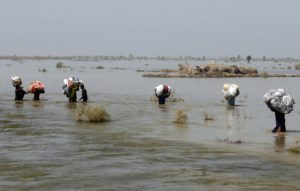
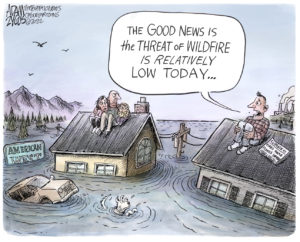
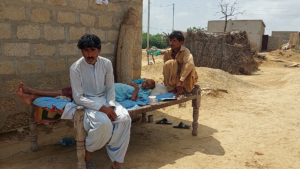
You need to be a supporter to comment.
There are currently no responses to this article.
Be the first to respond.